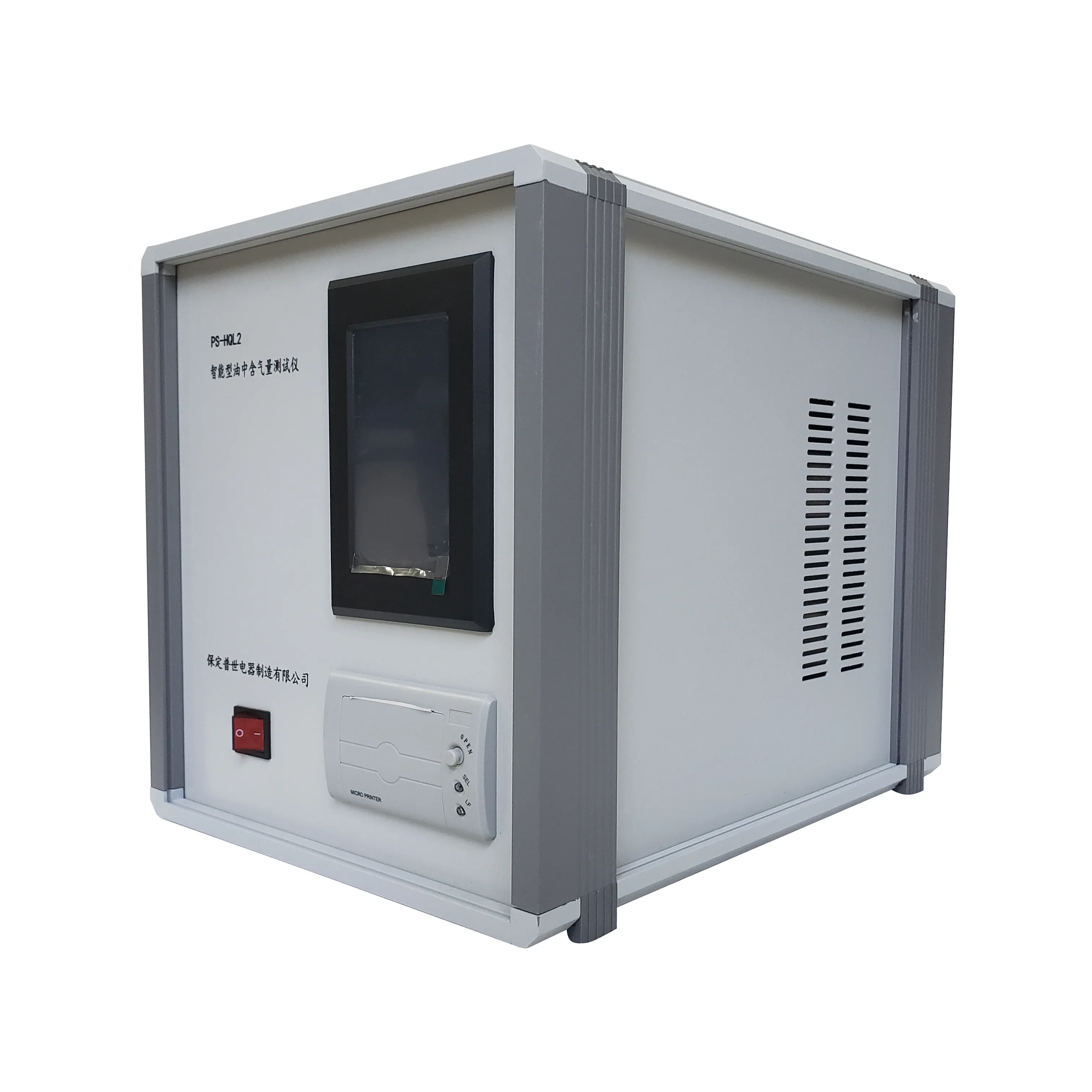 English
English



-
 Afrikaans
Afrikaans -
 Albanian
Albanian -
 Amharic
Amharic -
 Arabic
Arabic -
 Armenian
Armenian -
 Azerbaijani
Azerbaijani -
 Basque
Basque -
 Belarusian
Belarusian -
 Bengali
Bengali -
 Bosnian
Bosnian -
 Bulgarian
Bulgarian -
 Catalan
Catalan -
 Cebuano
Cebuano -
 China
China -
 China (Taiwan)
China (Taiwan) -
 Corsican
Corsican -
 Croatian
Croatian -
 Czech
Czech -
 Danish
Danish -
 Dutch
Dutch -
 English
English -
 Esperanto
Esperanto -
 Estonian
Estonian -
 Finnish
Finnish -
 French
French -
 Frisian
Frisian -
 Galician
Galician -
 Georgian
Georgian -
 German
German -
 Greek
Greek -
 Gujarati
Gujarati -
 Haitian Creole
Haitian Creole -
 hausa
hausa -
 hawaiian
hawaiian -
 Hebrew
Hebrew -
 Hindi
Hindi -
 Miao
Miao -
 Hungarian
Hungarian -
 Icelandic
Icelandic -
 igbo
igbo -
 Indonesian
Indonesian -
 irish
irish -
 Italian
Italian -
 Japanese
Japanese -
 Javanese
Javanese -
 Kannada
Kannada -
 kazakh
kazakh -
 Khmer
Khmer -
 Rwandese
Rwandese -
 Korean
Korean -
 Kurdish
Kurdish -
 Kyrgyz
Kyrgyz -
 Lao
Lao -
 Latin
Latin -
 Latvian
Latvian -
 Lithuanian
Lithuanian -
 Luxembourgish
Luxembourgish -
 Macedonian
Macedonian -
 Malgashi
Malgashi -
 Malay
Malay -
 Malayalam
Malayalam -
 Maltese
Maltese -
 Maori
Maori -
 Marathi
Marathi -
 Mongolian
Mongolian -
 Myanmar
Myanmar -
 Nepali
Nepali -
 Norwegian
Norwegian -
 Norwegian
Norwegian -
 Occitan
Occitan -
 Pashto
Pashto -
 Persian
Persian -
 Polish
Polish -
 Portuguese
Portuguese -
 Punjabi
Punjabi -
 Romanian
Romanian -
 Russian
Russian -
 Samoan
Samoan -
 Scottish Gaelic
Scottish Gaelic -
 Serbian
Serbian -
 Sesotho
Sesotho -
 Shona
Shona -
 Sindhi
Sindhi -
 Sinhala
Sinhala -
 Slovak
Slovak -
 Slovenian
Slovenian -
 Somali
Somali -
 Spanish
Spanish -
 Sundanese
Sundanese -
 Swahili
Swahili -
 Swedish
Swedish -
 Tagalog
Tagalog -
 Tajik
Tajik -
 Tamil
Tamil -
 Tatar
Tatar -
 Telugu
Telugu -
 Thai
Thai -
 Turkish
Turkish -
 Turkmen
Turkmen -
 Ukrainian
Ukrainian -
 Urdu
Urdu -
 Uighur
Uighur -
 Uzbek
Uzbek -
 Vietnamese
Vietnamese -
 Welsh
Welsh -
 Bantu
Bantu -
 Yiddish
Yiddish -
 Yoruba
Yoruba -
 Zulu
Zulu
Understanding Transformer Tap Changer Switch Operation and Applications
Understanding Transformer Tap Changer Switches A Key Component in Power Management
In the realm of electrical engineering and power management, transformer tap changer switches play a crucial role in optimizing the performance of transformers
. These devices are integral to adjusting the voltage levels of transformers, allowing them to meet varying load demands while ensuring efficiency and stability in electrical systems.At its core, a transformer tap changer is designed to regulate the output voltage of a transformer by altering the number of turns in the transformer windings. This adjustment is necessary to accommodate fluctuations in the electrical load, which may occur due to changes in consumer demand, time of day, or even seasonal variations. By adjusting the transformer’s settings, the tap changer ensures that voltage levels remain consistent, preventing potential damage to electrical equipment and enhancing the reliability of power delivery.
There are two main types of tap changers manual and automatic. Manual tap changers require operators to physically adjust the connections, which can be labor-intensive and prone to human error. In contrast, automatic tap changers use electronic controls to detect changes in voltage and adjust settings in real-time. This automation increases efficiency and reliability, making them the preferred choice for modern electrical grids.
transformer tap changer switch

The operation of a tap changer is based on the principles of electromagnetic induction. By shifting the tap on the transformer winding, the tap changer alters the ratio of turns between the primary and secondary coils, which directly impacts the output voltage. For instance, moving the tap to a lower turn position decreases the output voltage, while moving it to a higher turn position achieves the opposite effect. This dynamic adjustment capability is what makes tap changers essential in maintaining desired voltage levels during varying operational conditions.
One of the critical challenges in the operation of transformer tap changers is the wear and tear associated with mechanical components, particularly in manual systems. This can lead to maintenance issues and, in some cases, system failures. To mitigate these risks, many manufacturers have turned to innovative designs that integrate more robust materials and advanced engineering techniques, enhancing the durability and performance of tap changers.
In addition to physical durability, modern tap changers often include advanced monitoring systems that provide real-time data on their operational status. These systems can detect issues such as abnormal wear or potential failures before they become critical problems, allowing for proactive maintenance and minimizing downtime. Integration with smart grid technologies further enhances their utility, enabling better demand response and integration of renewable energy sources into the grid.
In conclusion, transformer tap changer switches are indispensable for the effective management of electrical systems. By allowing for precise control of voltage levels, these devices ensure that transformers operate efficiently under varying load conditions. As the energy landscape continues to evolve with the increasing adoption of renewable sources and the demand for smarter grids, the role of tap changers will only become more significant. Emphasizing innovation and reliability in their design will be crucial for meeting the challenges of tomorrow’s electrical infrastructure.
-
Testing Equipment Industry Sees Major Advancements in 2025: Smart & Precision Technologies Lead the WayNewsJun.06,2025
-
Applications of Direct Current Generators in Renewable Energy SystemsNewsJun.05,2025
-
Hipot Tester Calibration and Accuracy GuidelinesNewsJun.05,2025
-
Digital Circuit Breaker Analyzer Features and BenefitsNewsJun.05,2025
-
Benefits of Real-Time Power Quality Monitoring Devices for Industrial EfficiencyNewsJun.05,2025
-
Earth Fault Loop Testing in High-Rise Building Electrical SystemsNewsJun.05,2025



